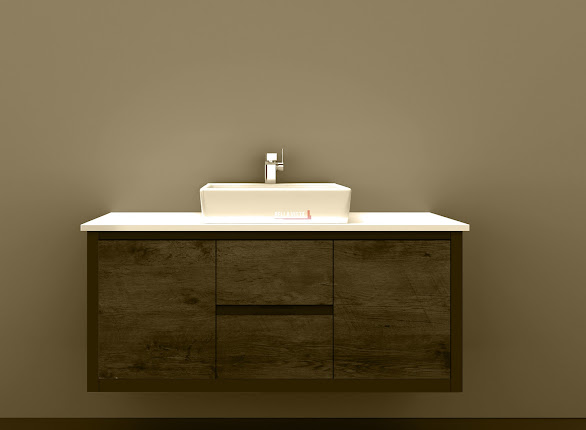Cool Room Wall Panels – Manufacturing Process & Dimensions
The freezer room panels are protected from the outside world by insulated panels. Infrared Cooling One of the most critical links in the cold chain is the panel. Polyurethane with a density of 40-42 kg/m3 is injected at high pressure between two 0.50 mm thick polyester-coated galvanized steel sheets to create panels. Because the panels are manufactured in male and female formats, a specifically developed eccentric locking mechanism provides precise joining and interlocking. The lock mechanism ensures that the panels may be assembled and disassembled without causing structural damage.




Comments
Post a Comment